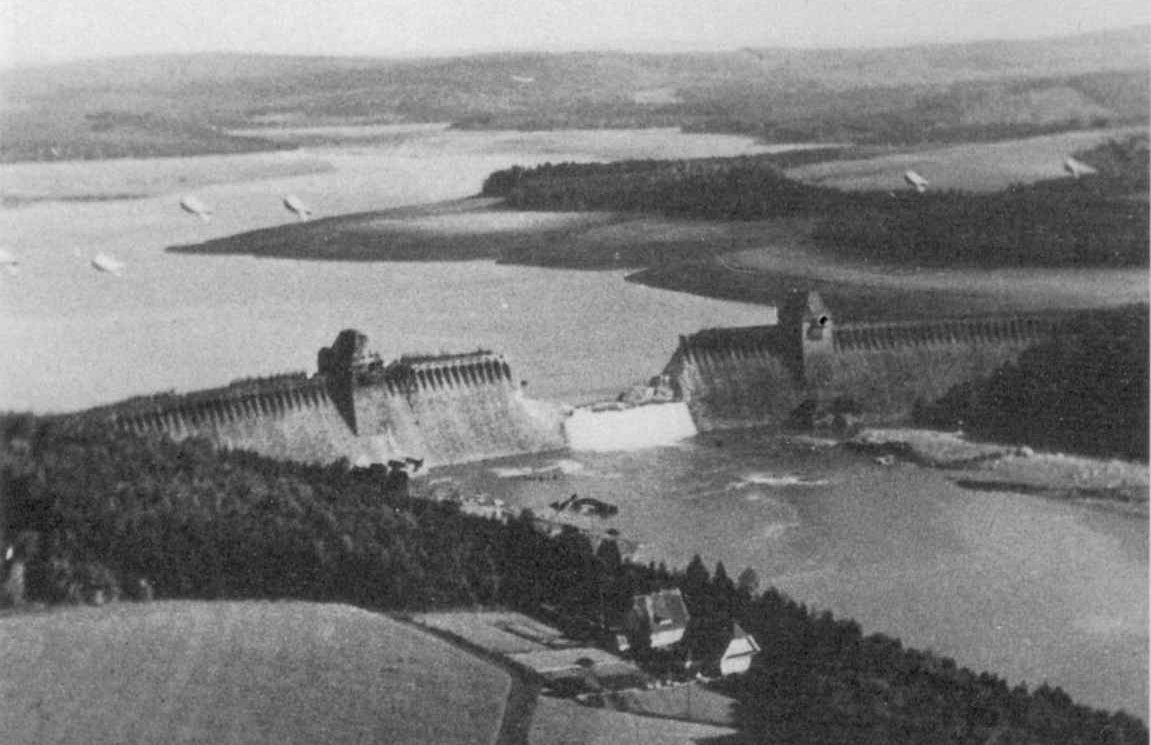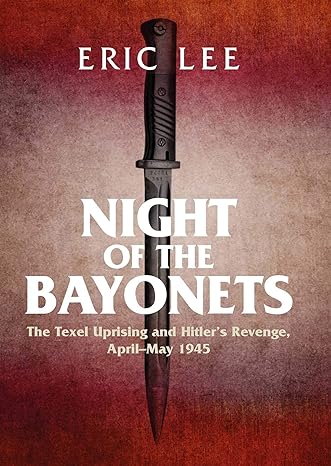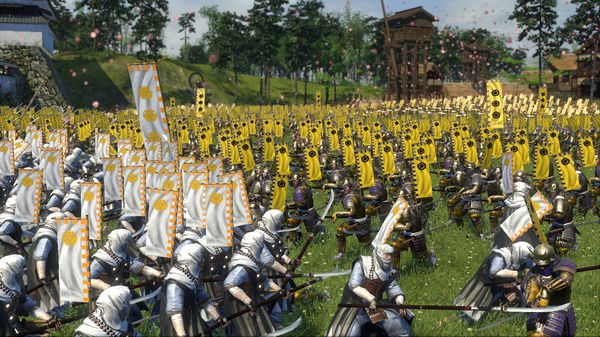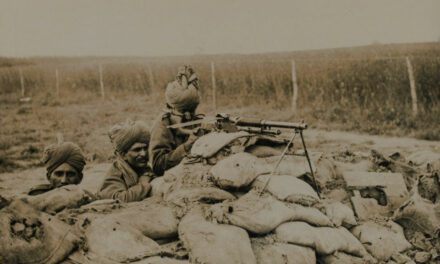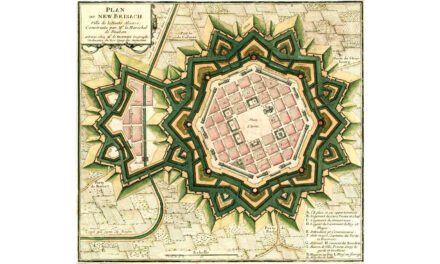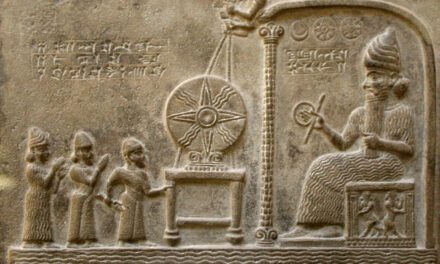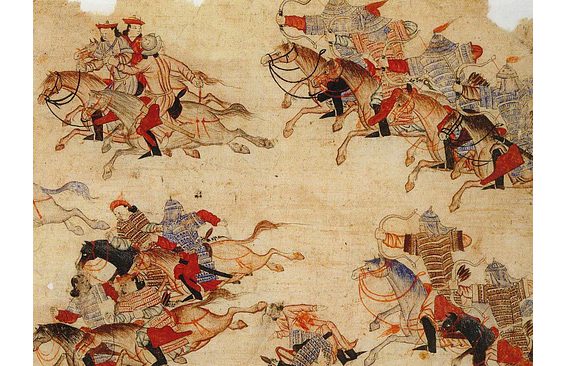The History Guild Weekly History Quiz.
See how your history knowledge stacks up.
Have an idea for a question? Suggest it here and we’ll include it in a future quiz!
Want to know a bit more about the questions in the quiz, or the story behind them? Read on!
1. What type of aircraft was used in the WW2 “Dambuster” raids?
Avro Lancaster – The Avro Lancaster is a British Second World War heavy bomber. It was chosen to equip 617 Squadron and was modified to carry the Upkeep “bouncing bomb” designed by Barnes Wallis for Operation Chastise, the attack on German Ruhr valley dams. Although the Lancaster was primarily a night bomber, it excelled in many other roles, including daylight precision bombing, for which some Lancasters were adapted to carry the 12,000 lb (5,400 kg) Tallboy and then the 22,000 lb (10,000 kg) Grand Slam earthquake bombs (also designed by Wallis). This was the largest payload carried by any bomber during WW2.
2. In 1948 who formally proclaimed the establishment of the State of Israel, also serving as the first prime minister?
David Ben-Gurion – David Ben-Gurion was the primary national founder of the State of Israel and the first Prime Minister of Israel. He was the preeminent leader of the Jewish community in British Mandate Palestine from 1935 until the establishment of the State of Israel in 1948, which he then led almost continuously until 1963.
3. What is the longest running conflict that Australian forces have been committed to?
War in Afghanistan – In October 2001 Australian forces invaded Afghanistan in co-allition with the USA and other allies. There have been Australian forces comitted to the conflict ever since, making it the longest continuous commitment of Australian forces to a conflict.
4. Where was the first atomic bomb detonated?
Trinity, New Mexico – The first detonation of a nuclear device was conducted by the United States Army at 5:29 a.m. on July 16, 1945, as part of the Manhattan Project. The test was conducted in the Jornada del Muerto desert about 35 miles (56 km) southeast of Socorro, New Mexico, on what was then the USAAF Alamogordo Bombing and Gunnery Range. The site was known as Trinity.
5. What disease is thought to have contributed to the demise of sailors exploring the Arctic on the HMS Erebus and Terror?
Tuberculosis – Expeditions in 1981-1986 by Dr Owen Beattie, an anthropologist at Alberta University, have helped explain what may have happened. The bodies of three expeditioners were exhumed, two were determined to have died from tuberculosis, the third showed evidence of tuberculosis but their death was attributed to pneumonia. Read more about this most deadly of diseases here.
6. What weapon damaged the rudder of the Battleship Bismarck, allowing pursuing British forces to sink her?
A torpedo from a Fairey Swordfish aircraft – Bismarck was attacked by 16 Fairey Swordfish biplane torpedo bombers from the aircraft carrier HMS Ark Royal; one scored a hit that rendered the battleship’s steering gear inoperable. In her final battle the following morning, the already-crippled Bismarck was engaged by two British battleships and two heavy cruisers, and sustained incapacitating damage before being scuttled.
7. Joseph Mobutu, also known as Mobutu Sese Seko, was the president of which country?
Democratic Republic of the Congo, formerly Zaire – Mobutu Sese Seko was a Congolese politician and military officer who was the President of Zaire from 1965 to 1997. Mobutu, serving as Chief of Staff of the Army and supported by Belgium and the United States, deposed the democratically elected government of Nationalist Patrice Lumumba in 1960. After arranging for Lumumba’s execution in 1961 he continued to lead the country’s armed forces until he took power directly in a second coup in 1965. His regime was rigidly authoritarian even by African standards of his time, presiding over a period of widespread human rights violations. Under his rule, the nation also suffered from uncontrolled inflation, a large debt, and massive currency devaluations.
Mobutu received strong support (military, diplomatic and economic) from the United States, France and Belgium, who believed he was a strong opponent of communism in Francophone Africa. He also built close ties with the governments of Apartheid South Africa, Israel and the Greek military junta. From 1972 onwards, he was also supported by Mao Zedong of China, mainly due to his anti-Soviet stance.
8. Where did the USA supply arms to the Contra separatist group?
Nicaragua – The Contras were the various U.S.-backed and funded right-wing rebel groups that were active from 1979 to the early 1990s in opposition to the Marxist Sandinista Junta of National Reconstruction Government in Nicaragua which came to power in 1979 following the Nicaraguan Revolution.
From an early stage, the rebels received financial and military support from the United States government, and their military significance decisively depended on it. After US support was banned by Congress, the Reagan administration covertly continued it. These illegal activities culminated in the Iran–Contra affair.
9. What weapon are these soldiers using?
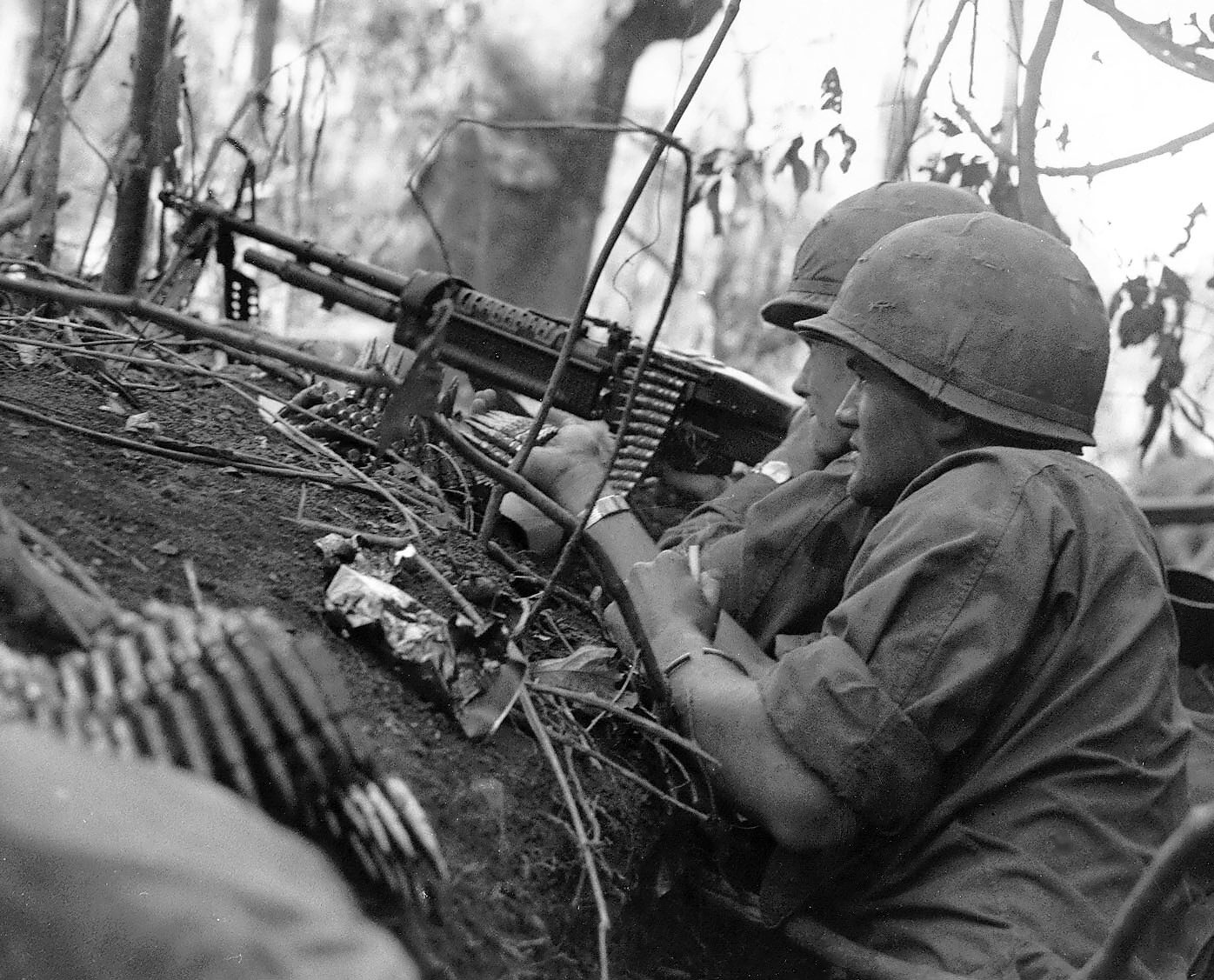
M60 general-purpose machine gun – Derived from German guns of World War II particularly the FG 42 and the MG 42, the M60 was adopted into US service in 1957. The M60 later served in the Vietnam War as a squad automatic weapon, where it received the nickname “The Pig” due to its bulky size and appetite for ammunition. The soldiers above are in Vietnam in 1966.
10. What year was the first satellite launched into space?
1957 – Sputnik 1 was the first artificial Earth satellite, which was launched into an elliptical low Earth orbit by the USSR on 4 October 1957 as part of the Soviet space program. It orbited for three weeks before its batteries died and then orbited silently for two months before it fell back into the atmosphere on the 4th January 1958.
It was a polished metal sphere 58 cm (23 in) in diameter with four external radio antennas to broadcast radio pulses. Its radio signal was easily detectable by radio amateurs, and the 65° inclination and duration of its orbit made its flight path cover virtually the entire inhabited Earth.
Articles you may also like
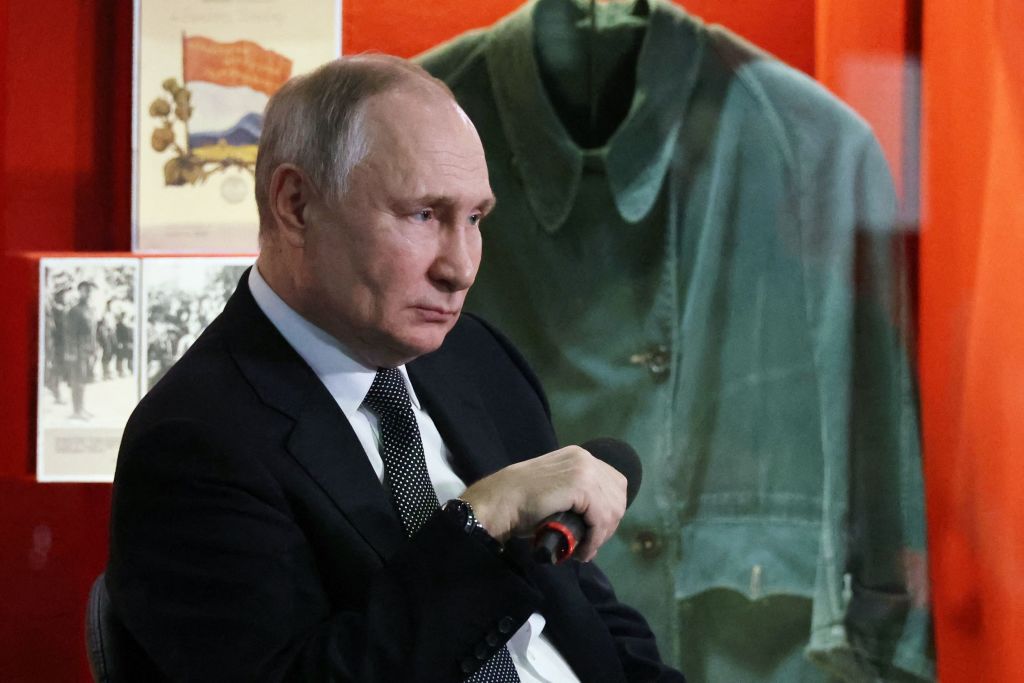
The absurd irony of Putin’s invocation of Stalingrad
Reading time: 5 minutes
Russian President Vladimir Putin’s address in Volgograd on 2 February, in which he sought to draw moral parallels between the heroic Soviet defence of Stalingrad in World War II and the current Russian invasion of Ukraine, represents a new low for Kremlin propaganda.
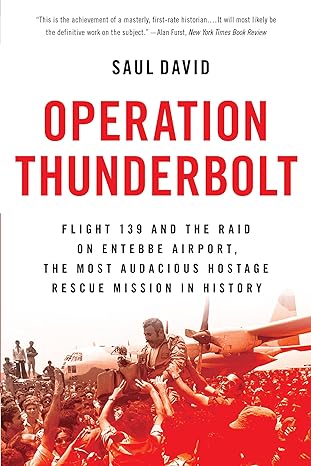
OPERATION THUNDERBOLT – BOOK REVIEW
“Operation Thunderbolt: Flight 139 and the Raid on Entebbe Airport, The Most Audacious Hostage Rescue Mission in History” – the definitive account of one of the greatest Special Forces missions ever, the Raid of Entebbe, by acclaimed military historian Saul David.

